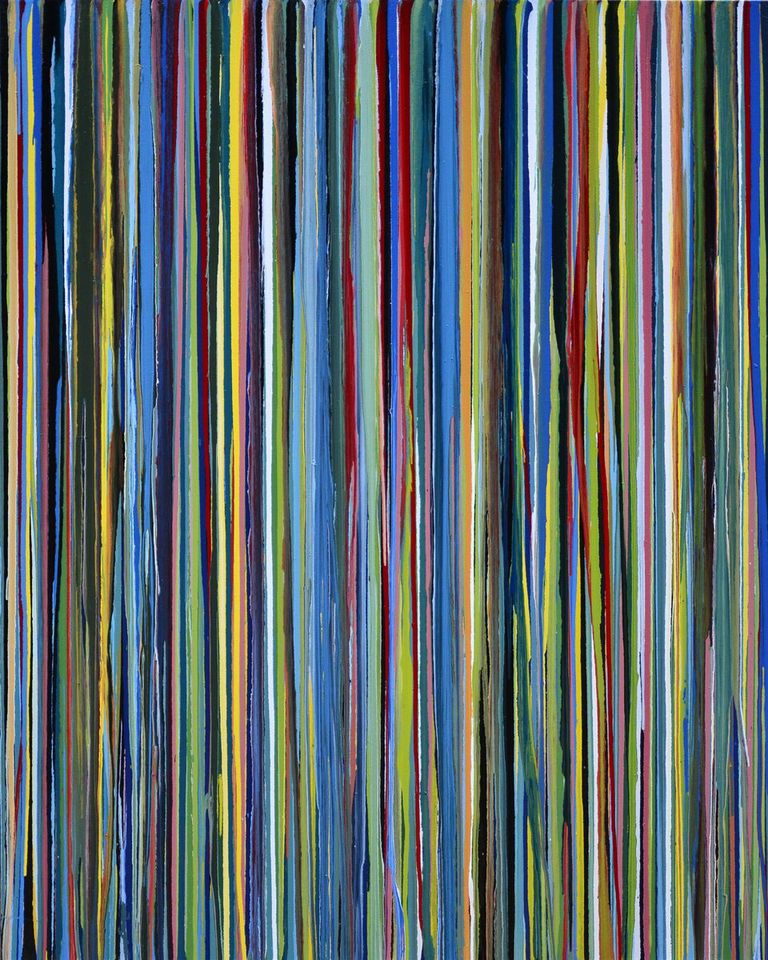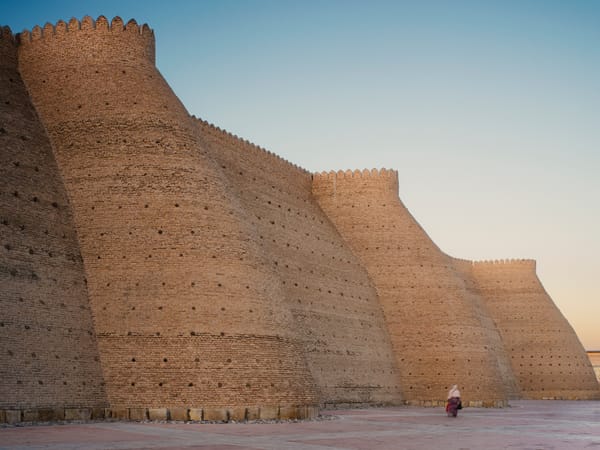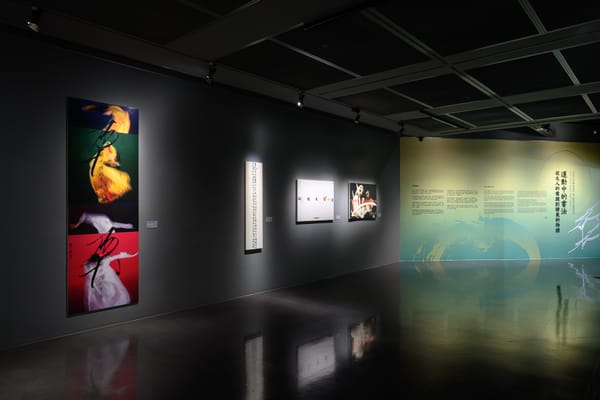Shows
“Perdido Eden”


The sense of dislocation is immediate, and visceral.
Sitting in the center of the gallery’s pristine space—which is situated in one of Singapore’s most upscale malls—is a small pyramid of broken concrete slabs, topped by a lightning-shaped shard of aluminum. It appears as if the elements have reduced These Weeks Scatter Like Seconds (2012), by Filipino artist Paul Mondok, to this pile of wreckage, which functions here as a memento, an evocation of the gritty milieu from whence it emerged. What is most compelling about Mondok’s piece is its context. The disjuncture between rough-hewn construction debris and the gallery’s smooth, glimmering surfaces constitute a broader statement on two antithetical urban ecologies: that of Manila and Singapore.
“Perdido Eden,” curated by Isabel Ching, attempts to conjure a sense of Manila as a lived entity. As the title (“lost Eden”) suggests, the experience of spatial estrangement is central to its project. Ching’s catalogue essay quotes a visitor to the city: “Manila is not for the faint of heart . . . [There are] makeshift houses made of corrugated sheet metal, cardboard boxes, plastic awnings, and other junk scavenged from a dumpsite; naked homeless kids washing in dirty unsanitary water; people begging; people sleeping on the pavement . . . ” This is a slice of life from Southeast Asia as most people would envisage it, a densely packed dystopia dogged by economic and infrastructural underdevelopment—made all the more cogent for its juxtaposition against the sleekness of the exhibition site.

MM Yu’s selection of work here demonstrates a tension between the city’s blighted urban fabric and its aesthetic re-imagining. Her Untitled (2012) is an abstract canvas of rainbow-hued paint drips, while Standstill (2000–2012) is a series of photographic images of Manila’s slums, landfills and dumping grounds. Yet, even in the latter, one detects accents of color amidst the otherwise dull palette, a spectrum of discarded objects from containers to straws to grocery bags. Put in conversation with these snapshots, Yu’s painting becomes more than a mere tribute to the legacy of color field abstraction, particularly Washington Color School artists like Gene Davis, or, more recently, Turner nominee Ian Davenport. The multitude of individualized, painterly streaks in Untitled serves to transform chromatic details of the photographs—details peeking through the cheerless landscape like obscured lives—into a lush, vibrant tableau. The work serves as a reminder of the human existences that inhabit an otherwise inimical terrain.
Gary Ross Pastrana’s White Flag (2012–13) bears testament to the increasing vocal ideological battles being waged in the public sphere (of which the Occupy movement was the most notable). Created while the artist was in residency in Thailand, the image documents a makeshift Philippine flag sewn together from old t-shirts and then raised over a balcony in Bangkok. The vista below is tranquil, belying the massive disruptions the city has suffered in recent years from the conflict between royalists and supporters of deposed premier, Thaksin Shinawatra. Pastrana’s white-shirt flag riffs on the colors of the yellow and red shirts, as the two camps are respectively dubbed, while holding out the possibility of a truce. Though speaking to the current situation in Thailand, the work’s broad thematic engagement evokes socio-political movements elsewhere in Southeast Asia, including the Philippines, a country which has seen its share of democratic uprisings, beginning with the 1986 People Power Revolution that toppled dictator Ferdinand Marcos.

Finally, Victor Balanon’s cinematic dreamscapes in black-and-white provide an elegiac coda of sorts to the show’s concerns. Part of an eponymous series, Dream of the Nameless Hundred XXXVI and XXXVII (both 2013) rework scenes from Andrei Tarkovsky’s films, Nostalghia and Zerkalo, rendering them in a muted, velvety chiaroscuro. There is neither depiction of urban decline nor social upheaval here. Instead, a melancholic reverie provides an escape from Balanon’s native Manila, his oneiric utopias the obverse of the city's stark, brutal realities.
Louis Ho is a freelance art historian and art critic. He is the co-editor of an upcoming journal of Southeast Asian art history, Remote, and works with Grey Projects, an artist-run space in Singapore.







